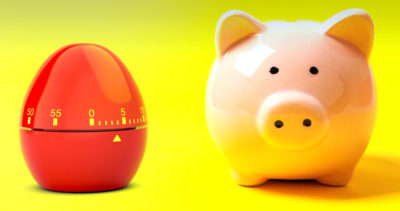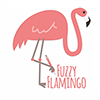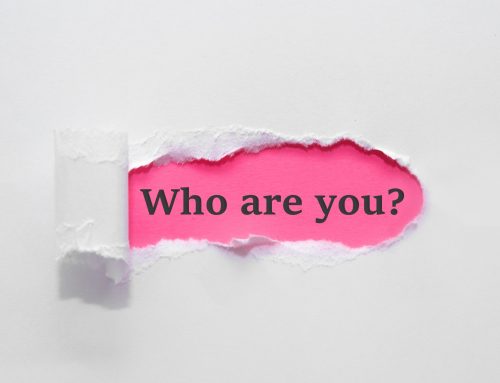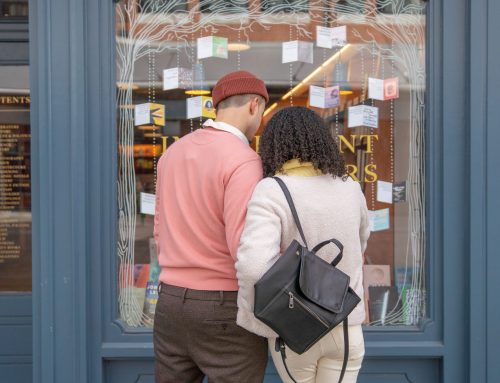
I’ll be giving you my top 5 tips to supplying a great design brief that will save you time and money when getting a designer to produce your logo for you. As the saying goes, ‘fail to prepare, prepare to fail’, so the more research you do yourself the lower your cost will be. Happy days!
You have your own business (or your own books, this applies to book cover design too!) and, whether large or small, you’d like to get clients to buy your products and services. This is a tricky thing to do for anyone, but your life can be made that much simpler with the right tools. Having a great brand as well as branding you and your business is essential to getting noticed and being remembered. You know what you want to achieve with your branding, but how do you get the designs you want if you don’t have a design background? Using a designer is a great way of doing this, but in order to get what you want as quickly and cost-effectively as possible, you must know the ins and outs to supplying a design brief.
Is branding necessary?
The best way to think about branding is to put yourself in the shoes of a client or customer. Picture this: you are wanting to hire a bouncy castle for your child’s birthday party. Bouncy castles can be dangerous, so you want a good quality supplier that will have the right insurance and safety procedures in place so you can be sure your child and their friends are in safe hands. You have a browse round the internet and find two companies local to you that supply what you need. They both offer a package you like and one is substantially cheaper. But the cheaper supplier has a website with blurry pictures, no logo, ten different fonts on their home page, typos everywhere, colours that clash and it takes a lot of digging to find out what they offer. The more expensive company has a great logo on every page so you know who they are, a beautiful colour scheme and clear, consistent fonts, perfectly presented text with no errors, an easy to navigate website that shows you the products very quickly and even a clear notice of their accreditation and safety procedures. It also links through to all of their social media platforms so that you can see great interaction directly with their clients. Trust is instantly built with the more expensive company and the issues with the cheaper company’s website leave you feeling like the products might not be the best quality either. The combination of all that leads you to pay the higher price-tag but feel more confident with what you’re getting. Good branding spans logo design, website design, across social media platforms, as well as how the company’s individuals represent themselves.

Branding layers
Logo design
When you’re looking at your branding, a good place to start is your logo design. Your logo doesn’t necessarily have to tell the whole story of what you do (see earlier blog post: https://fuzzyflamingo.co.uk/flamingo-news/be-a-fuzzy-flamingo-in-a-flock-of-pigeons/); for example, Apple’s logo is a simple apple, but they don’t sell groceries. The idea of a good logo is to grab attention, make you look professional, give people a feel for you and your business and help you be remembered at a glance.
Website design
An online presence is essential for most companies these days as a way of directly reaching their clients. A website will help make you look professional, as well as giving more concise information about what you offer to clients and push you up the ranking of search engines (pushing you closer to the top of the list in search results). Social media platforms are aids to getting a bit more personal and connecting with your clients directly. The key to your online branding is consistency, simplicity and recognisability.
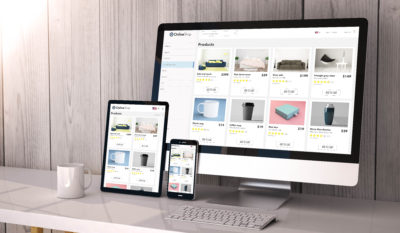
Customer service
Whether you are a first-time business owner going it alone, or a more established entrepreneur with employees, ensuring you and those under you represent your business well is vital. If you don’t have a customer service background, then research the key elements to good service. A few good pointers are: respond as quickly as possible to enquiries, always be friendly and polite even when the client doesn’t seem to be and be clear that you’re happy to answer questions about what you offer. It’s true what they say about people buying people: offer a good service, be approachable and friendly and you will be recommended and have repeat customers.

Knowing what you want and 5 tips to getting it
Now comes the tricky part. Some people have a very clear idea of what they want in terms of their logo design and branding but it can be tricky to vocalise this, or even tricky to know what you want in the first place! Here are my top five points to knowing what you want supplying a good design brief:
1. Have a company name
This sounds obvious, but you’d be surprised with the number of clients who don’t know what to call their business but start the design enquiries. This can be a bit like running before you can walk. Knowing your name can help massively in knowing what direction to take your branding. Your name doesn’t have to explain what you do, but it should be something you connect with. Fuzzy Flamingo doesn’t explain that I offer book publishing and business branding services, but it’s a name I love and it’s a name that people remember. Find something that means something to you and do your research: look in Companies House to see if the name is taken, look on social media platforms and Google the name to see if it is used by anyone else.
2. Have an idea of a colour scheme
If you do your own research on this then you’ll save your designer doing the work, which means you’ll save money (most design work is costed based on time). Look around for colours you connect with. Are there any particular colours that reflect what you do? For example, purple is known to be relaxing and so works well with beauty therapies. There has been a lot of research done on how people react to different colours, so do a bit of reading and find out what you like. It is always helpful to send a sample image of the colour you love to your designer. There are so many shades that just saying ‘purple’ isn’t particularly helpful!
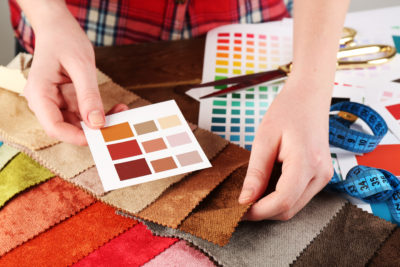
3. Images, text or both?
Have a look around you at logos for competitors in your field as well as further afield. It can really help you to find out what you like and what you don’t like. Perhaps you’ll be drawn to the iconic stand-alone image like the afore-mentioned Apple? Perhaps you like a more text-based logo such as Coca-Cola. Or maybe you like the blend of both, such as Pampers. Knowing what draws your attention more helps to know what you may like for your own logo. It can also be helpful to let your designer know what you don’t like. And don’t just say what you like and don’t like, provide pictures and make it really clear.
4. Know your audience
Your logo isn’t just about you. It’s about attracting the right kind of people to you. You are best placed to know who you’d like to work with, so it can be really handy to describe your ideal client in your brief. Think about gender, age, profession, income, hobbies, anything that might relate to you and your business.
5. Know your budget and your timescale
It is really important to tell the designer at the beginning what your budget is. The higher the budget the more complex the logo can be, with hand-drawn images and lettering. At the lower end a simpler design would be needed, so it is important to set this out from the beginning. The designer will also need to know how much time they have to research and develop the logo, so ensure you explain any deadlines you have. A fast turnaround may increase the cost, so bear this in mind at your planning stages.
